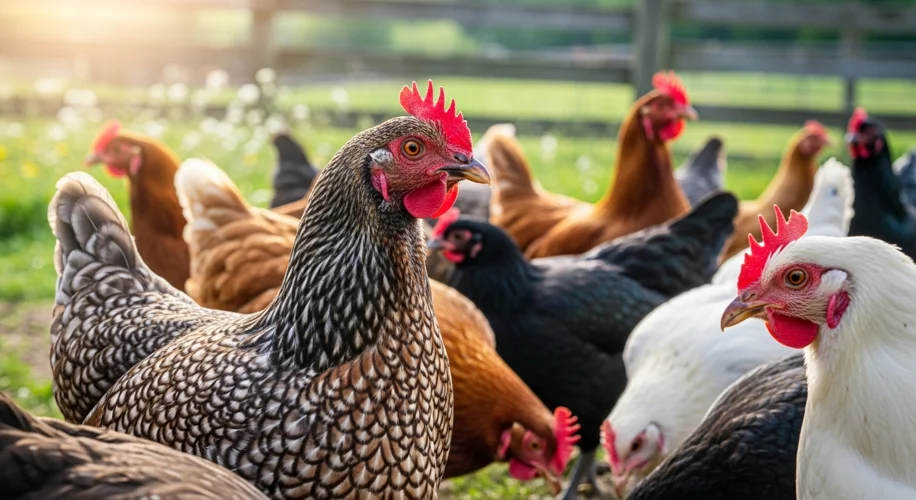Did you know that some animals can inbreed without showing the same genetic diseases we often see in humans? It’s a fascinating question, especially when we look at chickens. As someone with a background in biology and a passion for understanding the natural world, I find this difference incredibly intriguing.
When closely related individuals reproduce, it’s called inbreeding. In humans, this can increase the chances of rare genetic disorders appearing because there’s a higher probability that both parents carry the same recessive faulty gene. If an offspring inherits two copies of this faulty gene, the disorder can manifest.
So, why are chickens often different? It comes down to a few key factors related to their biology and how they’ve been managed.
A History of Selective Breeding
For centuries, humans have selectively bred chickens for specific traits – faster growth, more eggs, or certain feather colors. This process, while not strictly natural selection, has created populations of chickens that are genetically quite uniform within a breed. However, this doesn’t automatically mean they are more susceptible to all genetic diseases when inbred.
Natural Selection’s Role (Even in Domesticated Animals)
Even though we manage chickens, natural selection still plays a role. Chickens that are born with severe genetic defects that impact their survival or reproduction are less likely to pass on those genes. Over many generations, this natural filtering can reduce the prevalence of certain harmful mutations within a population. If a mutation is strongly detrimental, individuals carrying it simply won’t survive long enough to breed.
Genetic Load and Disease Expression
Think of a population’s “genetic load” as the collection of all the slightly harmful or neutral mutations it carries. In humans, with our long lifespans and slower reproduction rates, even slightly detrimental mutations can accumulate and be passed down. Chickens, on the other hand, have a much shorter generation time and a life cycle geared towards rapid growth and reproduction.
Furthermore, the specific genetic diseases that manifest strongly in humans might be linked to mutations that are either less common in chicken populations or are so severe that they are weeded out by natural selection before they can become widespread.
The Resilience Factor
It’s also important to remember that domesticated animals often possess a certain level of resilience that comes from their evolutionary journey. While selective breeding can concentrate certain traits, it doesn’t necessarily amplify all potential genetic weaknesses equally. The genes that contribute to survival and successful reproduction in a farm environment are the ones that tend to persist.
This doesn’t mean chickens are immune to genetic issues, but the expression of certain diseases through inbreeding can differ significantly from humans due to these combined factors: a history of selective breeding that may have filtered out severe mutations, the constant pressure of natural selection (even in managed populations), and differing genetic loads and disease susceptibility.
It’s a wonderful example of how biology is complex and how different species navigate their genetic landscapes in unique ways. Understanding these differences helps us appreciate the intricate dance between genetics, evolution, and environment.

